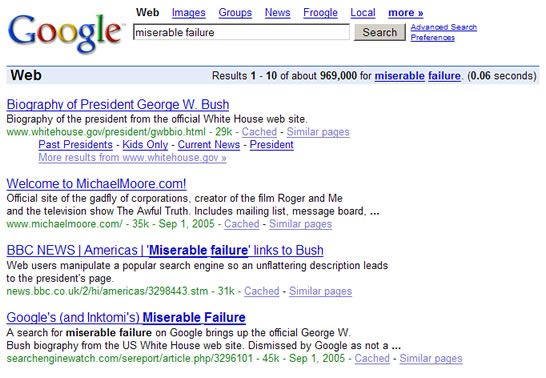Keyword research
Try to think about keywords and phrases that are not too common. Also think about combinations of keywords such as “barbeque steak, order online, New Zealand”.
Think about your target customer– put yourself in their shoes. If you were your customer, what would you type into a search engine if you were searching for your product or service? Unless you have a well-established brand, they will definitely not type-in your brand name. They are going to search for the type of product or service they are looking for, or the features of the product or service they are looking for.
Start brainstorming a list of keywords and phrases that your target customer is likely to be searching on. Think about what your product or service does. What are the features?
Check out your competition to see what keywords they are targeting. You can use the Meta Tag Analyser on the Zeald website to check out the keywords your competitors use. (www.zeald.com/Resources/Free+Tools/Meta+Tag+Analyzer.html)
Think about misspellings, variations and strange ways of typing your key phrases. It’s amazing how much traffic you can receive based on words that are spelt incorrectly.
Geo-Targeting Keywords
Geo-targeting your keywords is where you target your keywords at a particular geographical region or population segment. Remember – most search engines are global. But if you can only deliver products or services within a specific geographical location, then consider targeting your keywords at that geographical area. For example, if you deliver Indian meals in Albany, Auckland, then use keywords like “New Zealand, Albany, Indian Food”.
Finally, once you have a long list of keywords and key phrases it is time to do some analysis on them to see which are the best ones to target. The best way to do this is to use a 'keyword research tool'. An outline of the different keyword research tools is below.
- Wordtracker
The most popular of all the keyword research tools. There is a simple free version and then a paid version that has more functionality. - Google Adwords Keyword Research
Google Adwords contains a keyword research tool within it available for anyone who has a Google Adwords account. Google autocomplete can also come in handy. - Searchmetric's Keyword Analysis Tool
Searchmetrics is an up to date keyword research tool with a huge database.
It's important to note that although keyword research principles have virtually remained the same throughout the years, algorithm updates might render a few techniques obsolete. For instance, recent updates in algorithms have made Google more sophisticated. Instead of looking at search queries in terms of keywords, these queries are now analysed in terms of user intent.
Now you should be able to produce a list of the following:
- No.1 Keyword or Phrase - Your No.1 keyword or phrase is the priority keyword or phrase that you would like to target in the search engines.
- Secondary Keywords or Phrases - Your secondary keywords or phrases should be a short list of secondary keywords and phrases that you would also like to target.


